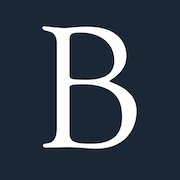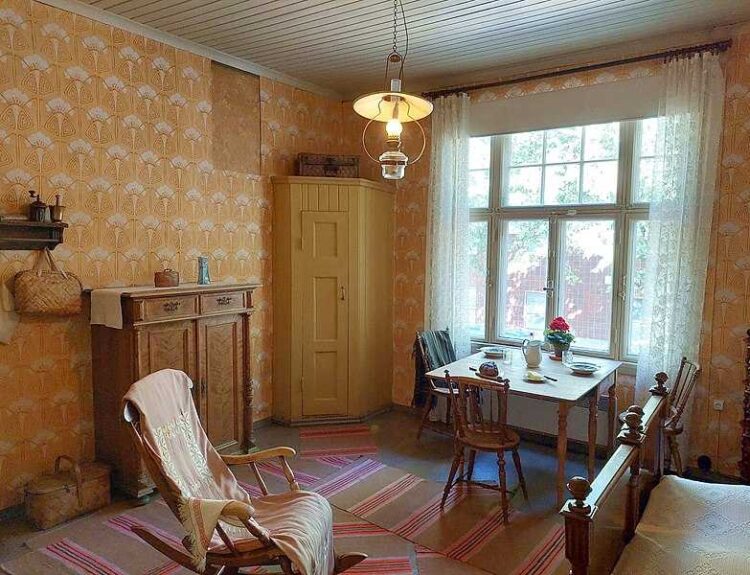Art is becoming a focus for wealth managers and family offices as individual donations decline
- The value of art and collectibles owned by the world’s wealthiest individuals is expected to reach nearly US$2.9 trillion by 2026
- The art market has grown only 0.6% annually since 2008, failing to keep up with inflation
- More than three-quarters of auction sales are generated by the work of a little more than 1% of all artists
- Art and collectibles comprise 13.4% of client assets in family offices, five percentage points more than at private banks
- 89% of wealth managers believe that art and collectible wealth should be part of a wealth management offering
- Art is seen as a hedge against inflation and a safe haven in uncertain times
- Financial motivations for buying art are increasing, with 41% of collectors citing financial reasons as their primary motivation
- Younger collectors are driven by potential investment returns and see art as an alternative capital asset class
- Fractional-art platforms that allow individuals to buy a share in a painting are gaining popularity
- The emergence of these platforms could allow art and collectible assets to be more easily integrated into asset management allocation strategies
The value of art and collectibles owned by the world’s wealthiest individuals is expected to reach nearly US$2.9 trillion by 2026, but the art market has grown only 0.6% annually since 2008, failing to keep up with inflation. This stunted growth can be attributed to the fact that more than three-quarters of auction sales are generated by the work of a little more than 1% of all artists. However, art and collectibles comprise 13.4% of client assets in family offices, five percentage points more than at private banks. Wealth managers are recognizing the importance of including art and collectible wealth in their offerings, with 89% believing it should be part of a wealth management strategy. Art is seen as a hedge against inflation and a safe haven in uncertain times, and financial motivations for buying art are increasing. Younger collectors are driven by potential investment returns and see art as an alternative capital asset class. Fractional-art platforms that allow individuals to buy a share in a painting are gaining popularity, and these platforms could allow art and collectible assets to be more easily integrated into asset management allocation strategies.
Public Companies: Deloitte (N/A), ArtTactic (N/A), Artnet Worldwide Corp. (N/A)
Private Companies: PAD London
Key People: Wolf Tone (Global Leader of Deloitte Private)
Factuality Level: 7
Justification: The article provides information from a report by Deloitte Private and ArtTactic, which adds credibility to the information presented. However, there are some statements that could be misleading or lack evidence, such as the claim that the art market has grown only 0.6% annually since 2008 without providing specific data or sources to support this claim.
Noise Level: 6
Justification: The article provides some interesting insights into the art market and the factors affecting its growth. However, it lacks in-depth analysis and relies heavily on quotes from the Deloitte Private and ArtTactic report. The article also jumps between different topics, such as art as an investment and the rise of fractional ownership, without providing a clear focus.
Financial Relevance: Yes
Financial Markets Impacted: The article discusses the value of art and collectibles owned by wealthy individuals, as well as the potential growth of the art market. It also mentions the performance of the S&P 500 compared to fine art returns.
Presence of Extreme Event: No
Nature of Extreme Event: No
Impact Rating of the Extreme Event: No
Justification: The article primarily focuses on the financial aspects of the art market and does not mention any extreme events.
 www.barrons.com
www.barrons.com  www.marketwatch.com
www.marketwatch.com 





